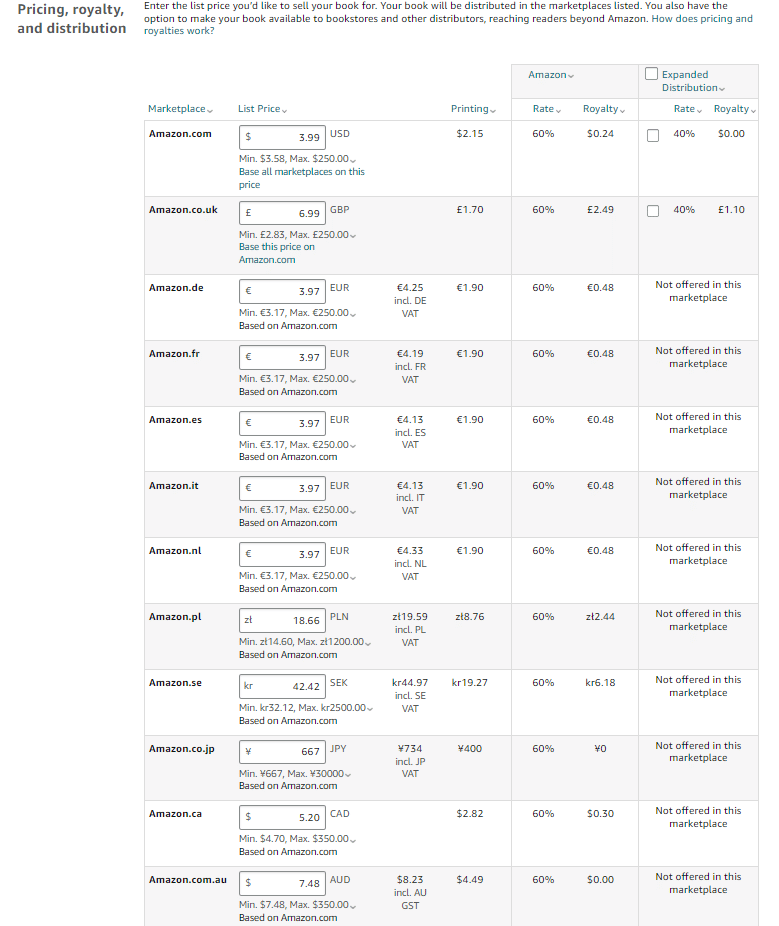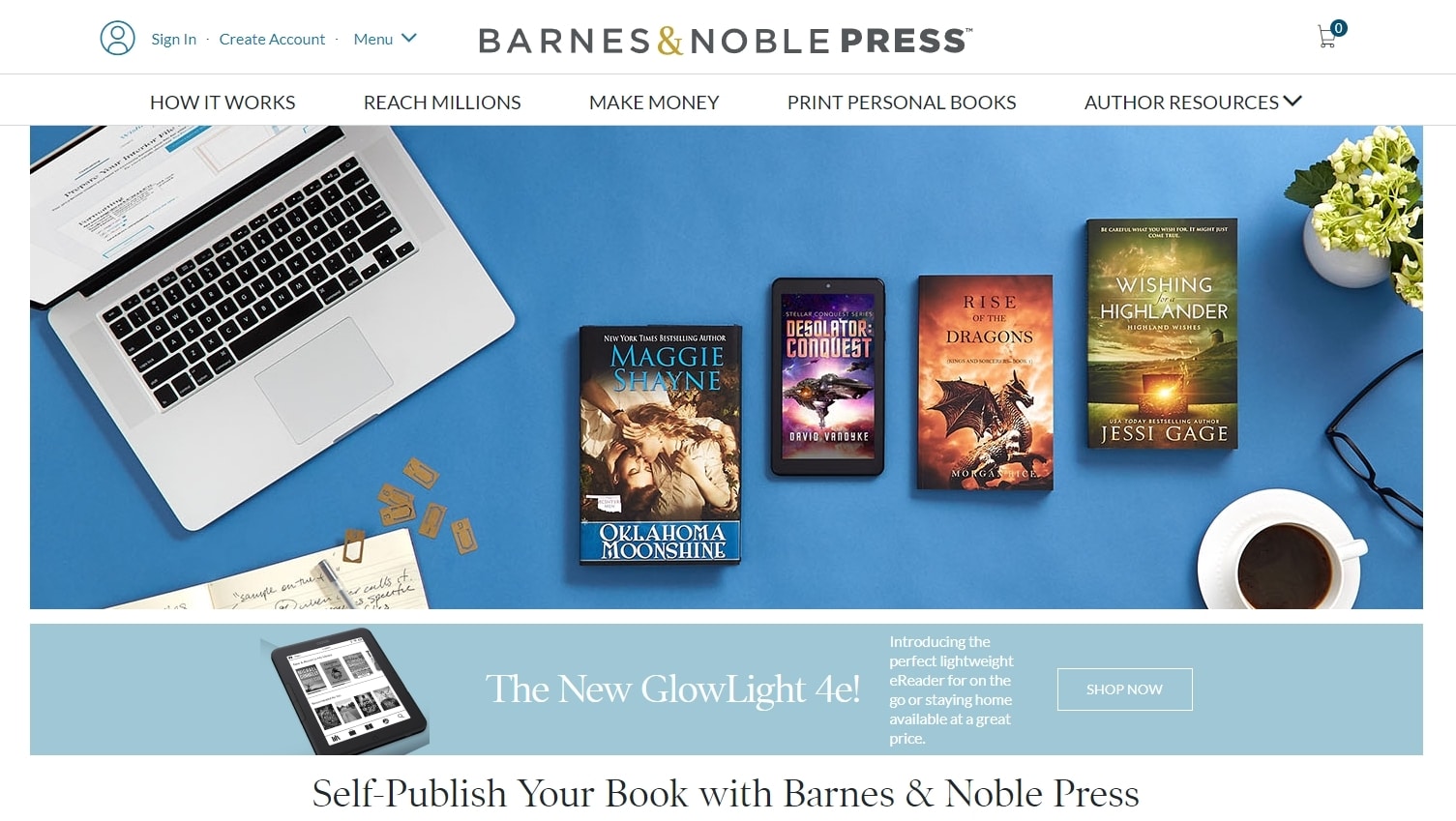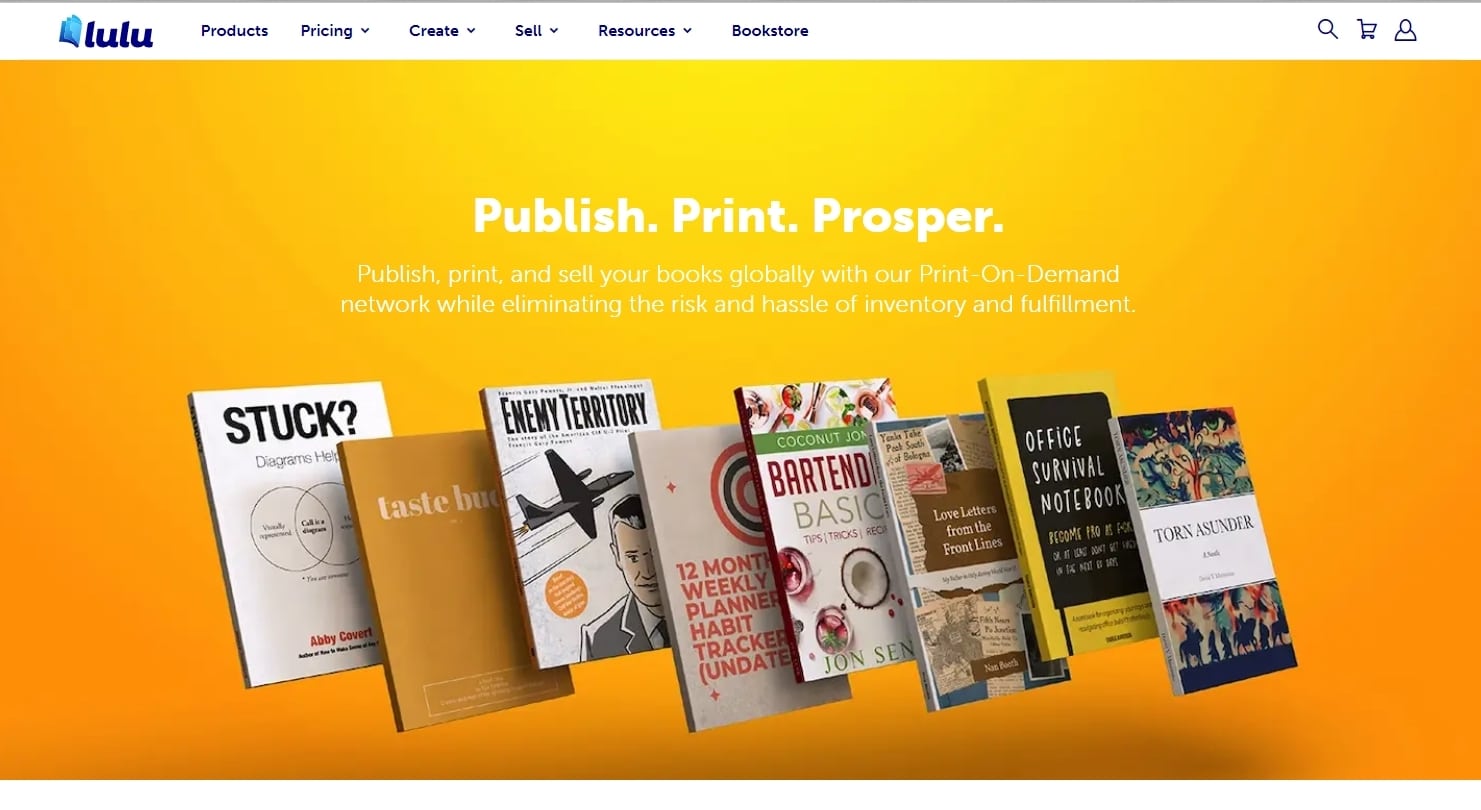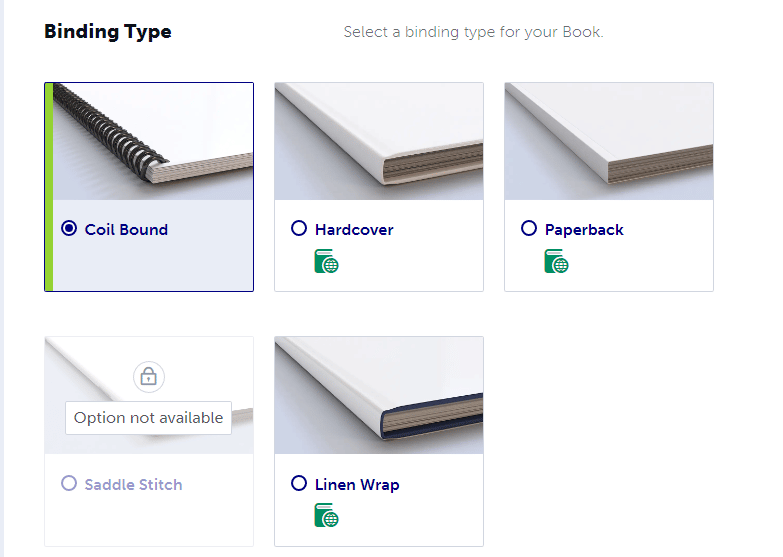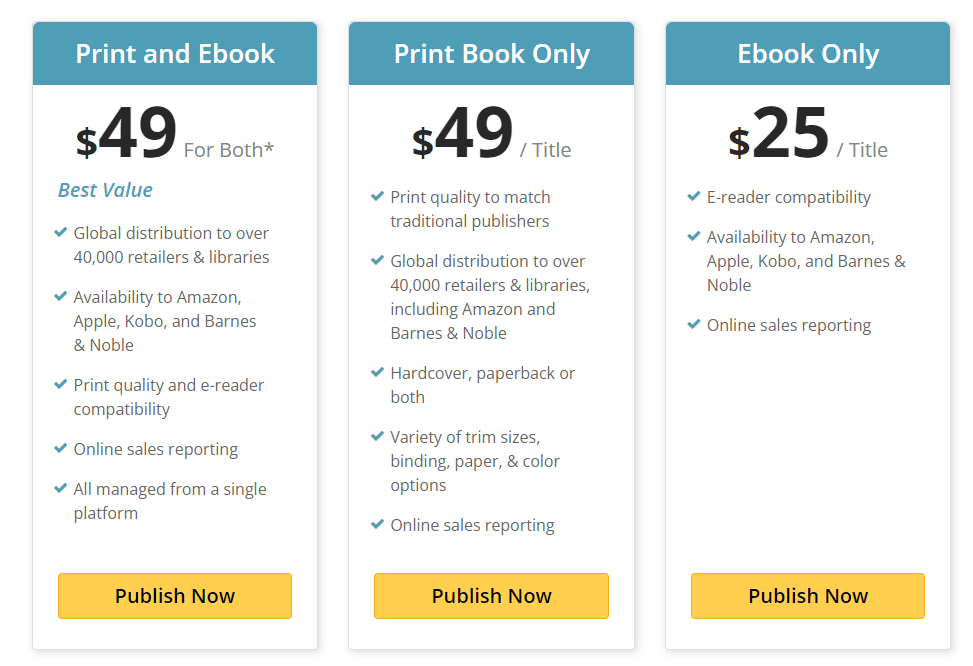
Every day is a new adventure when it comes to book publishing. What will you publish? Where will you sell it? What marketing will you do?
Every day is what YOU make of it when you are in business for yourself, and that’s great!
But when it comes down to it, what matters MOST is the results you see and the sales that roll in. After all, without sales, your business is not going to be around for very long.
Which has lead many sellers asking us where they should start, where they should expand, and most of all, which platforms will give them the most visibility for their low and no content products.
Let’s dive into it!
The 10 Best Low Content Book Publishing Companies
Before we dive in, we need to share a particular video from Dale Roberts who we have started working with because of his incredible content in the self publishing space.
In this video, he goes over MANY of the options that you have available to you and your business, which we highly recommend you take a look at.
This video actually prompted this article, because while this information is incredible, we wanted to add to it and discuss what we think is even more important to self publishers like yourself, sales.
Watch the video above first, or listen to it while you continue reading.
Amazon KDP – The Leader
Since we started Book Bolt years ago, we have focused on Amazon as the main distribution for our low and no content books. We live and breath Amazon, and for good reason that we will outline below.
Amazon KDP has wide distribution reach.
If you are looking to publish a paperback book, you have access to many trim sizes, and 12 Amazon locales (which means you can publish your book ONCE, and become a published author globally).
- Amazon.com
- Amazon.co.uk
- Amazon.de
- Amazon.fr
- Amazon.es
- Amazon.it
- Amazon.nl
- Amazon.pl
- Amazon.se
- Amazon.co.jp
- Amazon.ca
- Amazon.com.au
If you are looking to publish a hardcover book, these are still in beta and have a more limited reach of 10 Amazon locales (although we expect this to increase as time goes on).
The royalty structure is extremely fair at 60% of every sale minus any print fees that might occur with Amazon.
But all of that being said, like we said at the beginning, what matters is SALES.
Sales come from eyeballs on your products, not distribution at all.
Let’s take a look.
One of our favorite websites to get a brief overview of how many visitors a site is getting is called Similarweb. This is not an exact science, but will help us (at a glance), determine how many visitors a website has.
Remember how we just said that you can publish a paperback book to 12 different Amazon locales?
Just ONE of those locales (the big US market), gets 2.5 BILLION visitors per month.
Yes, not everyone going to Amazon is looking to purchase a book from your business, but they are going there to BUY. No one goes to Amazon without the intent to purchase something at some point. This is completely different from any other search engines out there.
Because we want to be in depth, let’s take a look at the other locales your book will be pushed to:
Amazon.co.uk
Amazon.de
Amazon.fr
Amazon.es
Amazon.it
Amazon.nl
Amazon.pl
Amazon.se
Amazon.co.jp
Amazon.ca
Amazon.com.au
All in all, that is a LOT of potential eyeballs on your products.
People go to Amazon to shop, discover, and purchase.
Not to mention that everyone has really grown accustomed to getting their 2 day delivery with Amazon. This combined with the number of potential eyeballs on the platform each and every month clearly makes them stand out as the winner.
While yes, they do not have ALL the options you may be looking for (like spiral bound books), this can be overlooked by the absolute sheer volume of potential customers.
Barnes & Noble Press
If you have been around the block in the self publishing world, you may remember that Barnes & Noble Press used to be called Nook!
Barnes & Noble has been a long standing retailer, but in order to use Barnes & Noble Press, you need to know that they have US distribution only (and we have only seen decent success using this platform for higher content books).
But, should you publish your low content books here? Should you expand and try and open up new eyeballs to your products?
It depends!
Running bn.com through Similarweb, we can see that the numbers are dwarfed by Amazon.
Yes, they still get millions of visitors each month and YES, Barnes & Noble does have retailers all around the country (a quick google search says as of 2020, there are 614 retail stores across all 50 US states)….but is this really worth your time?
We have tested out this platform, and the results are…not great.
If you are a high content publisher, with books with storylines and great characters, then we absolutely think it is worth a shot.
However, if you are a low or no content book publisher, your time may be spent elsewhere if you are a small time publisher.
Lulu
One of the largest complaints we get almost daily about Amazon is that they do not offer spiral bound options.
Great news for you, Lulu does!
However, they come with a major downside, which is that they pay out quarterly.
Is spiral bound books and sub par quarterly payouts worth expanding to?
Before we discuss their traffic, you need to know that Lulu DOES have a marketplace (and actually says they are the world’s largest independent bookstore), but their core functionality is a distributor for book publishers.
You can sell on the lulu platform, sell on your own site, or get distribution to over 40,000 retailers around the globe.
This includes distribution to Amazon and Ingram and opens up a LOT of new marketplaces (along with that spiral bound option).
Sounds fantastic right?
Not so fast….
IF you want to take advantage of the spiral bound book, using a 6×9 dimension and 100 pages with white paper, your cost per book on Lulu is $7.40!
That’s the BASE price.
Keep in mind that a normal paperback book on Amazon with the same dimensions and paper would come at a base price of $2.15
If you wanted to publish the same paperback type on Lulu instead of Amazon, you would be looking at a base price of $3.75 which is still more expensive.
Take a look at the traffic numbers above. 1.6 million visitors a month.
This basically confirms what we said that they are mainly a distributor, and not a marketplace you want to really spend your time on.
Yes, there are eyeballs here, but your time would be much better spent on Amazon.
Ingram Spark
Ahh, Ingram Spark!
This (not so little) book publisher is actually massive, and when you are on their platform, you have access to one of the largest global book distribution networks. According to their website this includes over 40,000+
- Independent bookstores
- Online Stores
- Chain Stores
- Ebook retailers
- Libraries
- Universities
This looks REALLY great on paper, but is actually not ideal for low or no content book publishers.
In fact, on its face, they do not like low content books, but are willing to make exceptions.
But why is it REALLY not the best fit for low content book publishers like yourself?
Now, if you watch the video above from Dale, you can actually get a coupon code that will allow you to publish your first book for FREE (check out that video for the coupon), but that is only the first book.
Remember, they are not the biggest fans of low or no content.
So really, this could get REALLY expensive, REALLY fast!
This is not to say you don’t want to try it out, but that your time is probably better spent on a platform that does not charge you an upfront cost to publish near the beginning of your publishing journey.
Book Bolt’s Advice For Publishing
There are a lot more companies, platforms, and ideas to explore in Dale’s video above.
We are NOT advocating that you shouldn’t expand your business to other platforms, because that would be absurd.
There are millions and millions of eyeballs on other platforms and marketplaces that can be extremely beneficial to your business. They each come with different royalty structures, different rules, and different options.
The thing is though, you just may not be ready for them yet.
Why?
Because you do not have the proper foundation for your business yet.
Remember, self publishing should be looked at as a BUSINESS. This means you should treat it like one.
We recommend that until you have the proper foundation, that you focus on the least path of resistance, which is Amazon.
From our research and time in the business, Amazon not only offers some of the widest distribution, but some of the best terms, best payouts, and FREE publishing.
You stand a much better chance of adding to your bottom line by creating another book for Amazon, than you do trying to get a new book up on another platform.
That’s not to say that you shouldn’t publish on other platforms.
In fact, you SHOULD! Just wait until you have a steady business going on Amazon to build out a team to make it worth your time.
Good luck out there!
